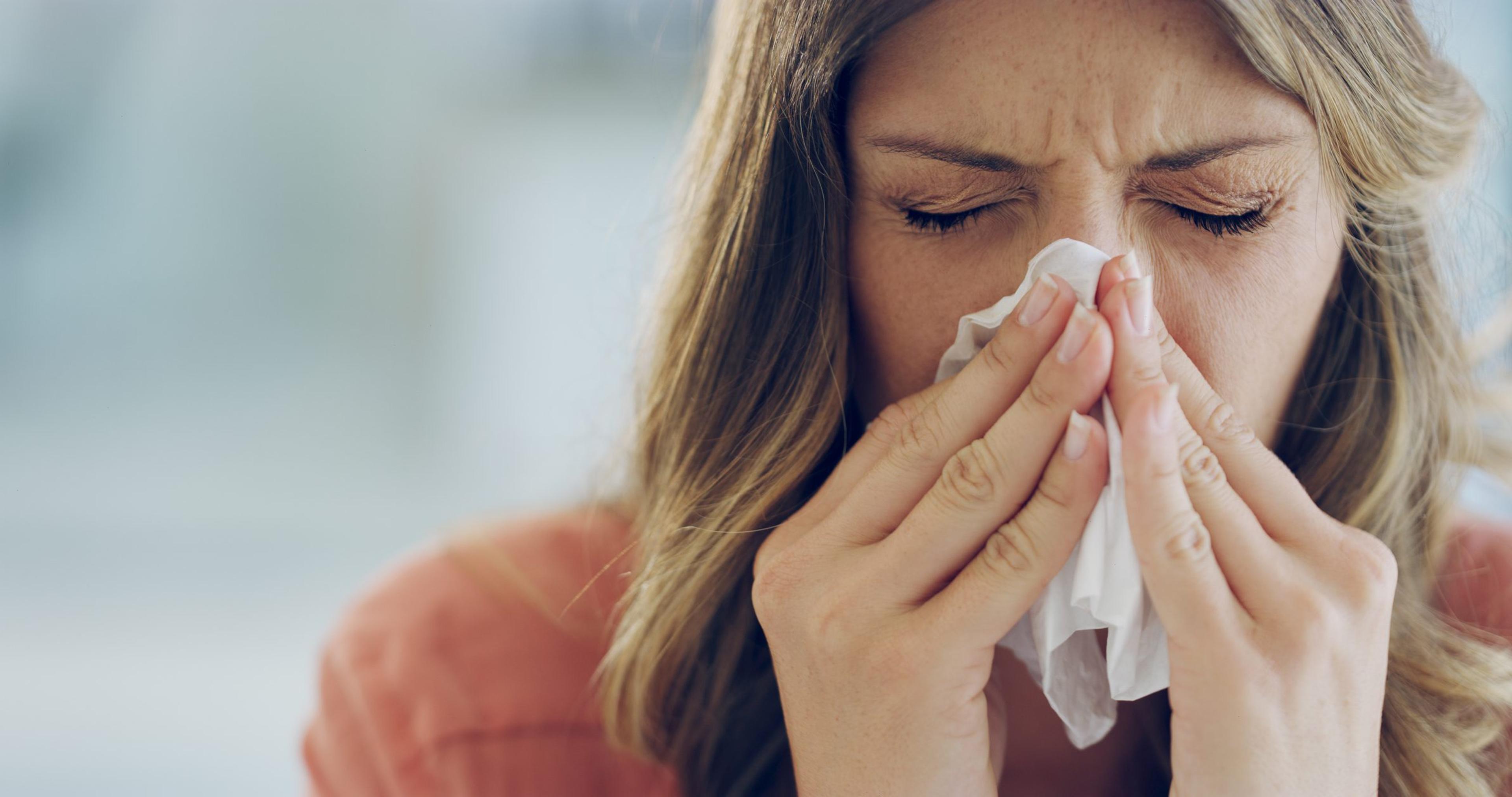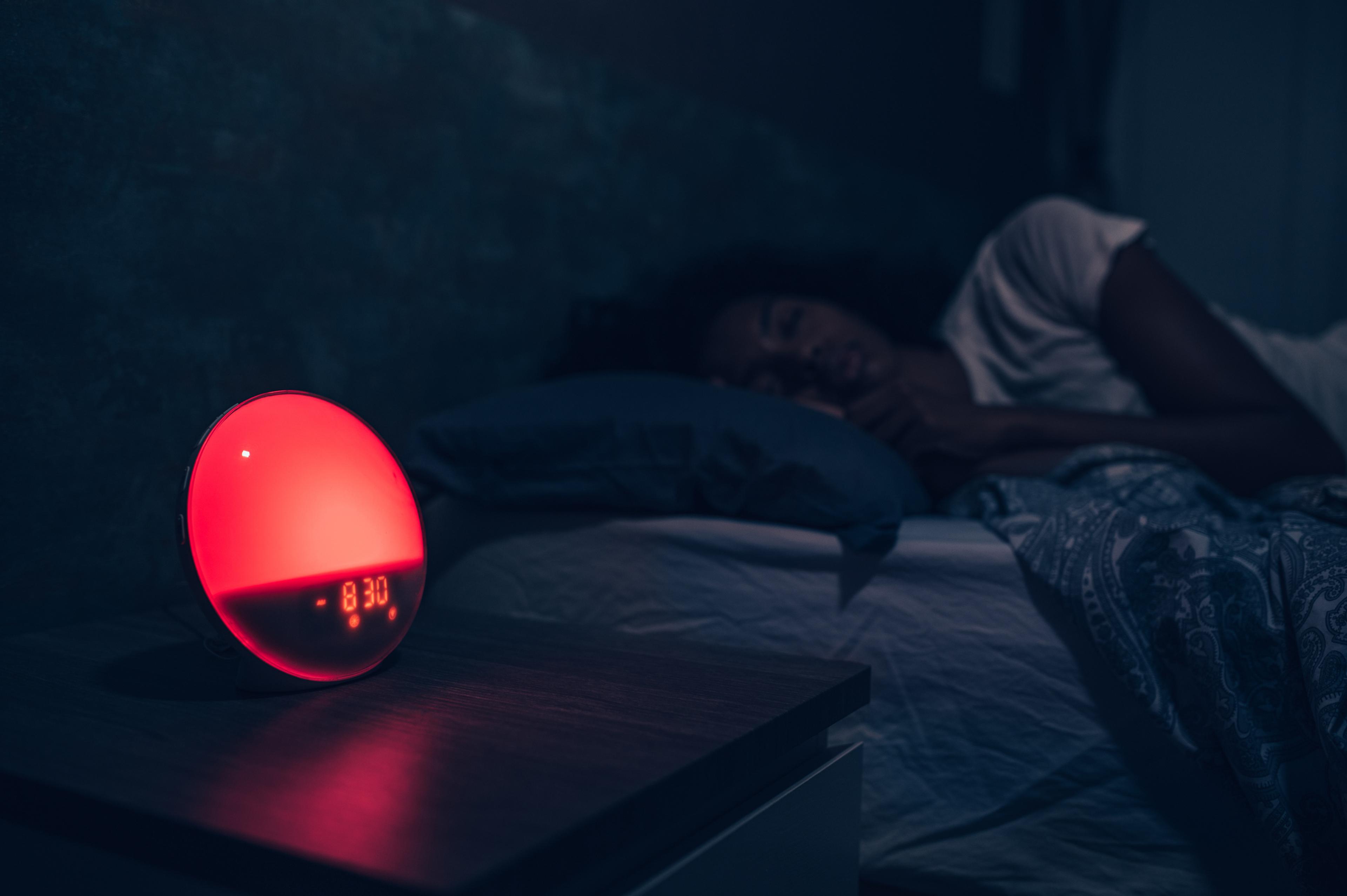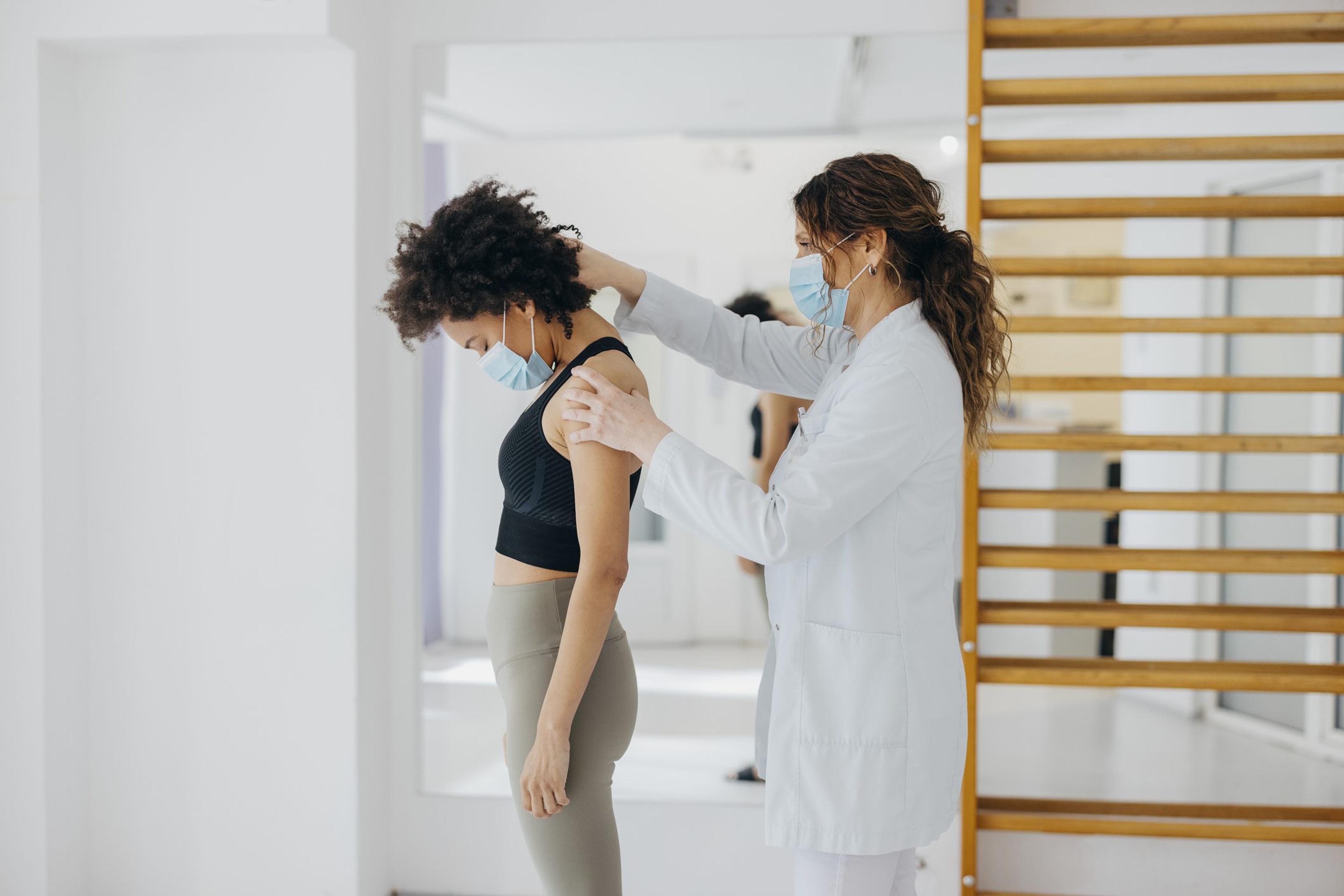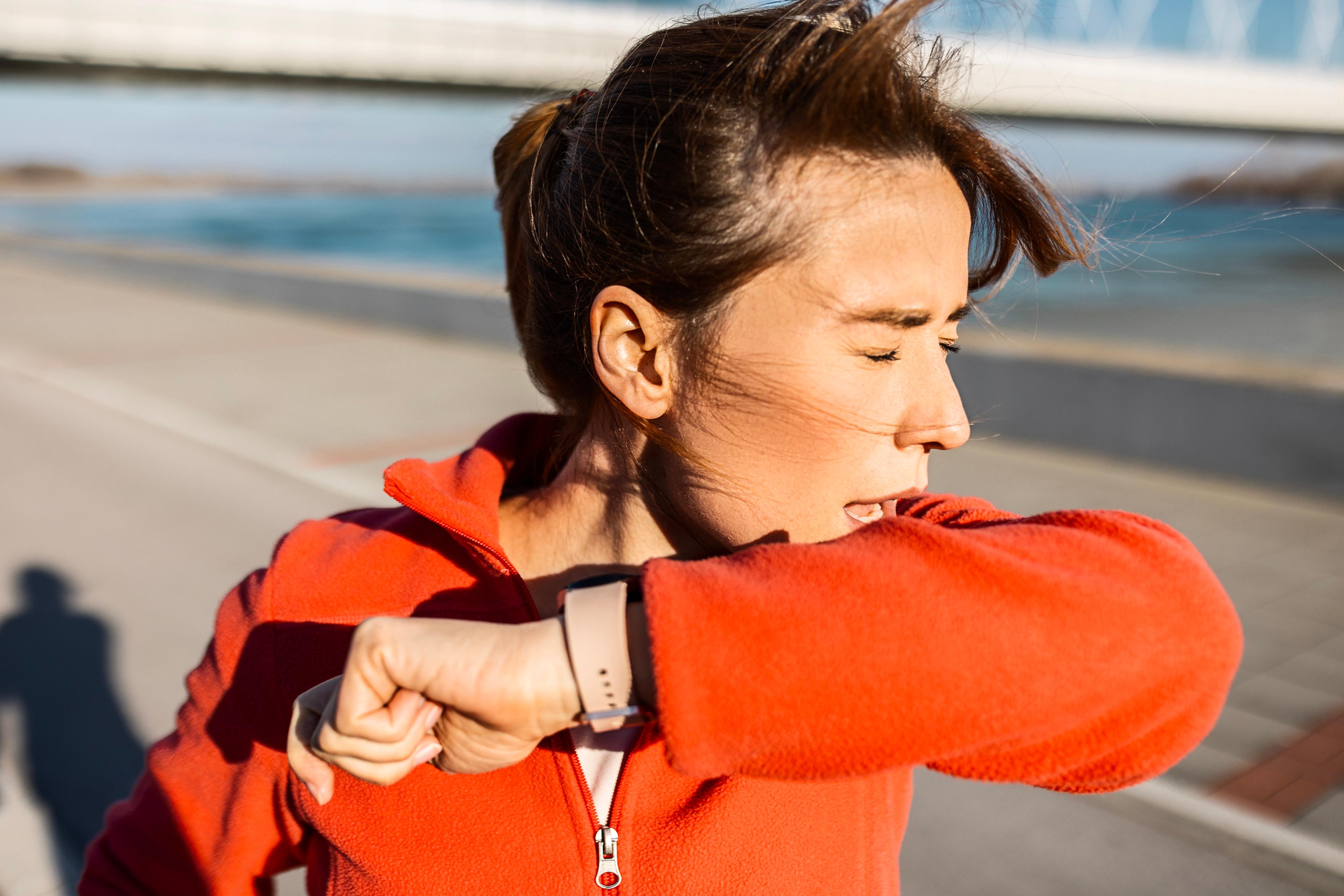Active vs. Passive Immunity: What’s the Difference?
Jake Newby
| 3 min read

When we develop antibodies to a certain disease, our bodies achieve immunity against it. Antibodies are proteins produced by the body to neutralize or destroy toxins or disease-carrying organisms and are disease-specific, according to the Centers for Disease Control and Prevention (CDC).
Active vs passive immunity are two types of immunities to know. Let's walk through examples of active and passive immunity.
Active immunity examples
When we are exposed to a disease organism that triggers the immune system to produce antibodies to that relatively mild illnesses like chickenpox and the measles – typically as children – we typically lifelong immunity against them after infection activates our immune systems. This is an example of active immunity.
Getting vaccinated against more serious diseases like COVID-19 and influenza (the flu) is another way to become actively immune to a disease. It’s uncommon for people to naturally develop long-lasting immunity against diseases like these, so getting vaccinated multiple times against them helps soften the virus’ strength.
Here's more on two specific forms of active immunity.
What is natural active immunity?
When we breathe in new air, eat new food or touch unfamiliar things, the natural, active immunity in our bodies usually springs into action. The active immune response can take days or even weeks to develop. Once it does develop, it’s long-lasting – sometimes even lifelong.
Vaccine-induced active immunity
When a weakened or dead form of a disease organism is injected into our bodies or administered via the mouth or as a nasal spray, that’s vaccine-induced immunity. Examples include:
A drawback to active immunity is that it doesn’t protect us against mutations of diseases that the body already has antibodies to, so when diseases mutate, they change structure in ways that our immune systems can’t recognize.
What is passive immunity?
Passive immunity occurs when a person is given antibodies to a disease rather than producing them through their own immune systems. Passive immunity does not require previous exposure to a disease agent – either through infection or vaccination – like active immunity does.
Passive immunity examples
An example of passive immunity is when a baby acquires maternal antibodies transferred through its mother’s breastmilk or placenta.
Another example of passive immunity occurs when people are treated with antibody-containing blood products, such as immune globulin, which may be given when immediate protection from a specific disease is needed, per the CDC.
The difference between active and passive immunity
With passive immunity, protection is immediate, whereas active immunity takes time to develop and is generally short-lived, lasting only for a few weeks or months in most cases. However, passive immunity lasts only for a few weeks or months. Active immunity, however, is long-lasting
If you’re wondering why vaccine-induced immunity is considered a form of active immunity, while immune globulin shots are passive, it is because immune globulin is a substance made up of antibodies that are naturally made by the body to provide protection from certain diseases.
A vaccine is made up of actual viruses or bacteria that stimulate the body to make more antibodies. So, in the case of vaccines, your body still doing the heavy lifting. Your immune system treats the viruses and bacteria like any other exposure and actively fights it. We rely on active and passive immunity to contribute to a well-equipped and strong immune system.
More from MI Blue Daily:
- Are Vegetarians Healthier? What the Experts Say
- Understanding OCD Beyond the Stereotypes
- Are There Benefits to Eating Protein Before Bed?
Photo credit: Getty Images





